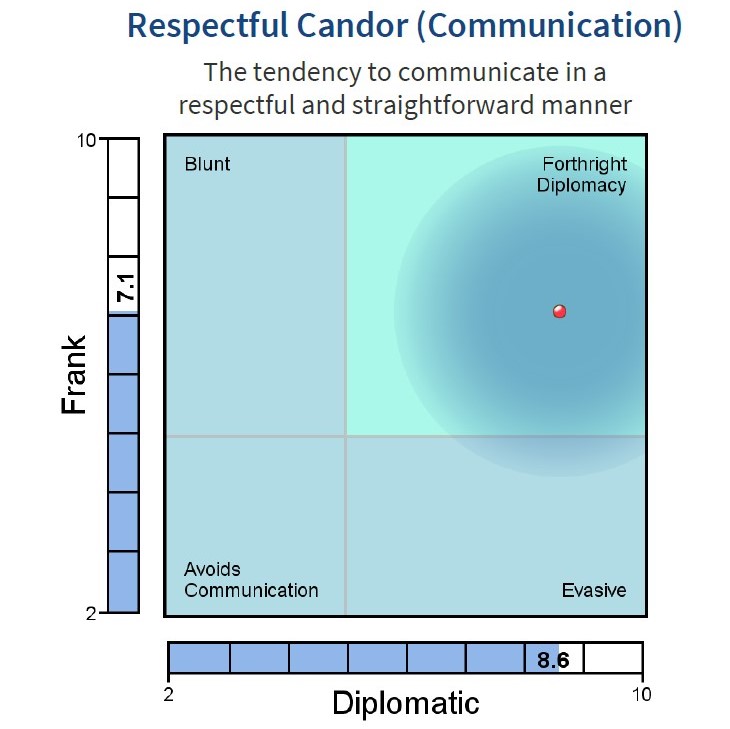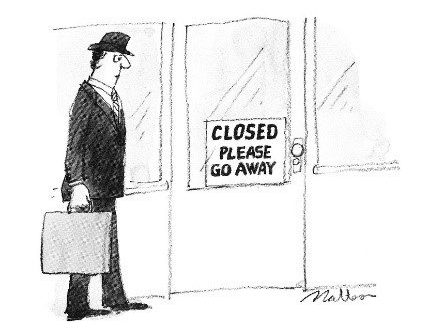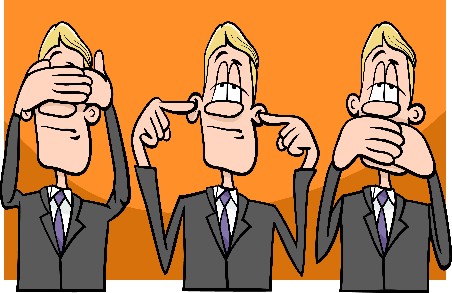What does effective communication look like?

Communication is one of the most important skills a successful leader can develop. Effective communication is the tool to inspire, align a team around common goals, build trust and negotiate delicate situations. How our communication is received will depend on the perception and viewpoint of the person receiving it and is open to interpretation. The intention and the interpretation can often be miles apart and it is important to remember that it is the interpretation not the intention that triggers action. If we want that action to be positive and progressive, we must take the utmost care with our communication.
Ineffective communication can leave teams feeling out of the loop, lacking in confidence and motivation, or even result in a complete breakdown in trust between leader and employee/team. This in turn has a huge impact on productivity and can result in absenteeism, raised levels of sickness and staff churn. If you happen to work for a visionary company who recognize the importance of effective communication you will have been on the receiving end as well as seen the benefits of training in such skills. A good place to start is by considering the foundations of effective communication.
The Paradox of Respectful Candour – or Communication
 Harrison Assessments Paradox Theory suggests the idea that every behavioural trait can be a strength or a derailer depending on the circumstances. Unfortunately, behavioural traits are often unconscious behaviours or habits and we can often fail to notice the consequences of ineffective behaviour. Balancing seemingly opposite (paradoxical) traits can give us the maximum flexibility and, therefore, effectiveness within each paradox.
Harrison Assessments Paradox Theory suggests the idea that every behavioural trait can be a strength or a derailer depending on the circumstances. Unfortunately, behavioural traits are often unconscious behaviours or habits and we can often fail to notice the consequences of ineffective behaviour. Balancing seemingly opposite (paradoxical) traits can give us the maximum flexibility and, therefore, effectiveness within each paradox.
The two paradoxical traits of the Respectful Candour paradox are FRANK and DIPLOMATIC and this is just one of 12 sets of paradoxical traits that give us an overview of our approach to work.
- FRANK: the tendency to be straightforward, direct, to the point and forthright
- DIPLOMATIC: the tendency to state things in a tactful manner
Communication imbalances can cause limitations in communication style
Flexibility is the name of the game and a high score in both diplomacy and frankness will give us such flexibility. So let’s take a look at the imbalances and the consequences of each.
1. LOW FRANKNESS + LOW DIPLOMACY = AVOIDS COMMUNICATION

What this can look like: The manager who disappears down the corridor at the first hint of a confrontation or spends the day hiding behind a closed office door. Often prefers to communicate by email rather than in person or even on the phone.
A leader who avoids communication may be unable to communicate with a team effectively on a day to day basis, manage conflicts or to provide clear strategic direction, often leaving the team feeling ‘rudderless’. The team may feel this manager is too busy, or doesn’t care about their input.
2. LOW FRANKNESS + HIGH DIPLOMACY = EVASIVE
 What this can look like: The manager who never gets to the point because they’re worried about hurting someone’s feelings or allows bad behaviour from team members to go unchecked for risk of upsetting them. Avoids being the bearer of bad news and passes the buck onto others: “Head Office said we need to work extra hours to make this deadline”.
What this can look like: The manager who never gets to the point because they’re worried about hurting someone’s feelings or allows bad behaviour from team members to go unchecked for risk of upsetting them. Avoids being the bearer of bad news and passes the buck onto others: “Head Office said we need to work extra hours to make this deadline”.
A leader who is evasive tends to be tactful without being sufficiently direct. This can leave the team feeling they are not being given the whole story, or even not being told the truth which isn’t necessarily the case. There may be gaps in the communication which could be filled with inappropriate actions.
3. HIGH FRANKNESS + LOW DIPLOMACY = BLUNT
 What this can look like: The manager who steps on others without even realising it. Often prides themself on being ‘honest’, thinks there is nothing wrong with their own style, and does not know when they hurt others’ feelings. Has a tendency to say the wrong thing at wrong time.
What this can look like: The manager who steps on others without even realising it. Often prides themself on being ‘honest’, thinks there is nothing wrong with their own style, and does not know when they hurt others’ feelings. Has a tendency to say the wrong thing at wrong time.
A leader who is blunt may tend to be frank or direct and often use the phrase ‘telling it as it is’ without sufficient tact, often making themself appear rude. Those around may hold back from sharing ideas for fear of being shot down.
Any and all of the above can lead to problems with performance, disengagement and a poor culture.
Of course, there will be instances where these extremes are useful – frankness is probably preferable if the building is on fire. Equally two people with the same frank trait will demonstrate excellent rapport – I have seen whole organizational cultures built on one style of communication as people who feel uncomfortable leave the organization. The question here is ‘what is the organization missing in terms of creativity and ideas?’
Likewise there will be situations where extreme diplomacy and tact are required –negotiation of any sort or delivering unpleasant news for example.
Balance brings versatility
Effective communication encourages innovation, helps with the early identification of problems, creates individual and team engagement with business goals and objectives and creates a culture of openness and trust in the team and the wider organisation. Operating within the fourth pattern encourages and allows for greater versatility for the needs of the situation.
4. HIGH FRANKNESS + HIGH DIPLOMACY = FORTHRIGHT DIPLOMACY
 What this can look like: The manager who maintains a good balance of being to the point while being sensitive to the way in which they communicate with their audience.
What this can look like: The manager who maintains a good balance of being to the point while being sensitive to the way in which they communicate with their audience.
A leader who displays forthright diplomacy tends to be both forthright and diplomatic at the same time, communicating clearly and respectfully with the team to create an open and engaged team culture.
As previously stated, flexibility is the name of the game – being able to switch styles according to the person on the receiving end and the requirements of the situation. The first step in developing such versatility is awareness – The Harrison Assessment Paradox report will give you this and the opportunity to practice exercises to develop potentially deficient traits.
5 tips to help improve communication
- Keep communicating! Information, thoughts, feedback, ideas should be communicated frequently – ‘nature abhors a vacuum’… don’t leave a gap which can be filled with inaccurate information from other sources. Keep communication open and transparent, remove any barriers and take the time to talk and listen to people.
- Keep it simple and direct – Make sure communications are clear without hiding behind extraneous information. Take into account how your message will be received by others. Use that diplomacy… Direct does not mean blunt!
- Listen and encourage contributions – Encourage ideas and solutions from others. Do 80% of the listening and 20% of the talking. Showing interest and respecting colleagues will help make the emotional connection that’s so important for effective leadership.
- Show empathy and create trust – Walk in the other person’s shoes, see things from other perspectives to avoid being judgmental and biased. Employees want to feel heard and valued.
- Walk the talk – Integrity is key and judgement is invariably based upon behaviour. Credibility and engagement will emanate from consistent communication and behaviour.
Paradoxical Leadership Technology
You can find out more about balancing Paradoxical traits, like FRANK and DIPLOMATIC, here, or you can get in touch at pat@quadrant1.com or on 07768 922244


